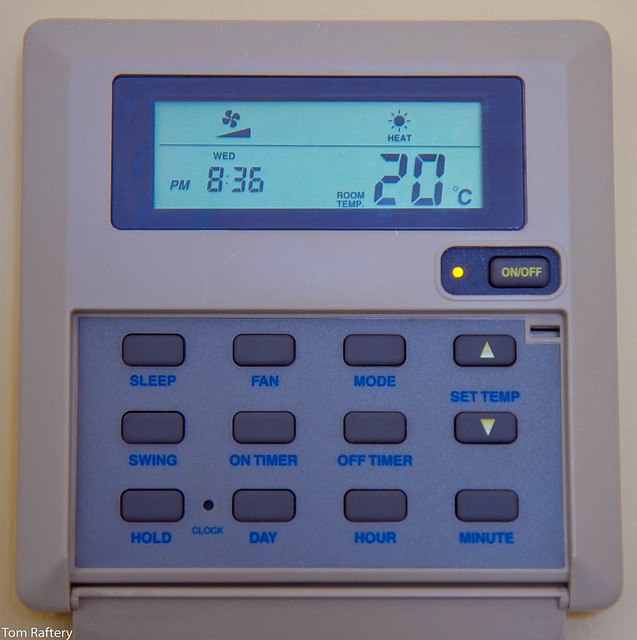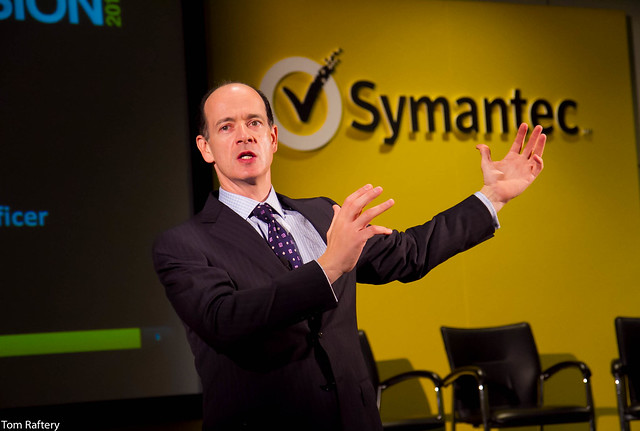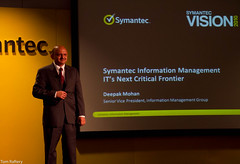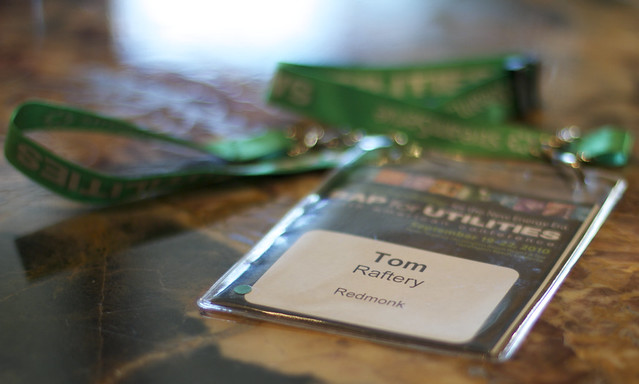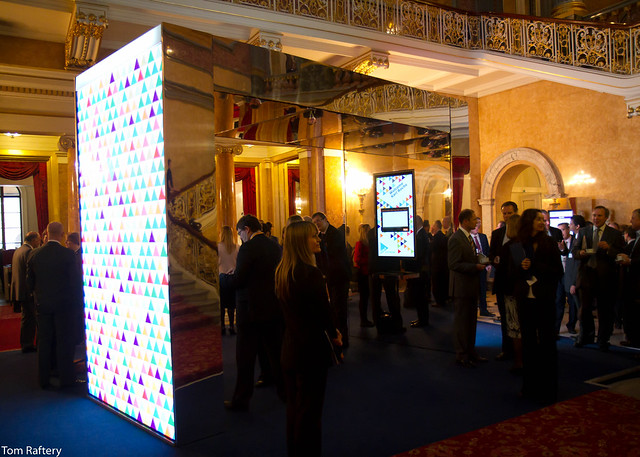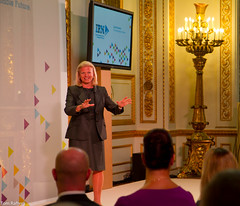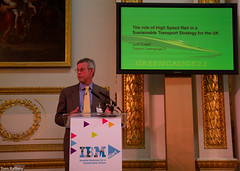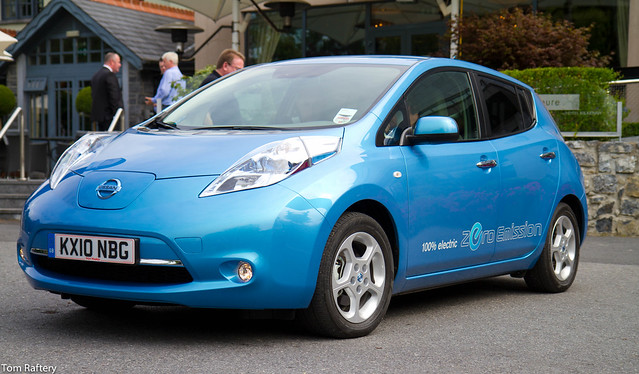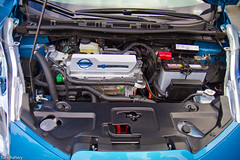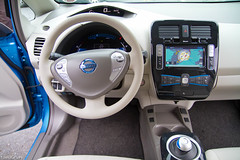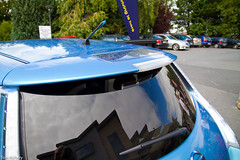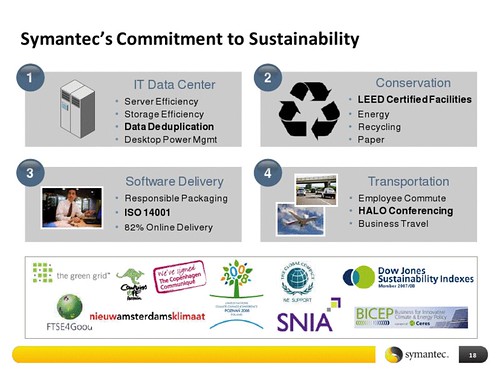Understanding how processes and systems act on one another is key to sustainable living. Sustainability means living without externalities – because everything we do, as individuals, organisations or companies has a cost and an environmental impact. There is a clear parallel with healthcare- which requires a deep understanding of how processes and systems act on one another. Now a research project at Geelong hospital in Victoria, Australia aims to extend healthcare models directly into the environment, and vice-versa.
Associate Professor John Agar, the Director of Renal Services at Barwon Health, said:
?Dialysis is the most water and power-hungry of any individual medical therapy.?
Each dialysis patient treatment uses more than 400 litres of water and 6 kWh of electricity. But Geelong is now using water recycling and solar power to afford the same level of care with a far lower environmental impact. Indeed the dialysis department further reduces its cost by selling excess power from its solar panels to the electricity grid. Healthcare meets smart grids. Makes sense. The idea of demand response in dialysis might strike you as somehow unethical, but what could be more ethical than effectively lowering the costs of healthcare to the broadest range of patients? Of course solar power doens’t make sense in all geographies, but it certainly does in many regions of the world. And there might be alternative, on the Eastern Sea-board, or the UK- namely wind or tidal.
Hat tip to Fresenius Healthcare, the German renal treatment company behind the initiative. Seems the German government feedin tariffs for solar power are showing real benefits in unexpected areas. Subsidise solar to subsidise healthcare… I said there were no externalities in sustainability, didn’t I?
However – its certainly not all good news for Fresenius. As a major provider of renal care in the US the company has to be horrified by the appalling record of dialysis related deaths. According to a new ProPublica story in the Atlantic.
?Every year, more than 100,000 Americans start dialysis. One in four of them will die within 12 months?a fatality rate that is one of the worst in the industrialized world.
The article is pretty horrific. The problem, sadly, is poor sanitation and an assembly line mentality to healthcare driven by the need to cut costs. Clearly we have a long long way to go before dialysis can be considered properly sustainable… and offer safer outcomes and decent quality of life to patients. Step one to improving margins and so reducing the cost-cutting mentality in dialysis care may well be reducing the costs of water and power.
It really is all connected.

